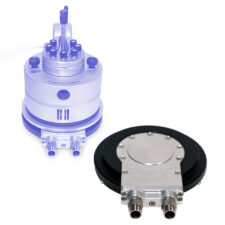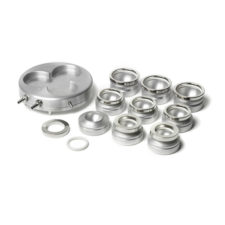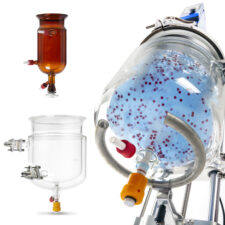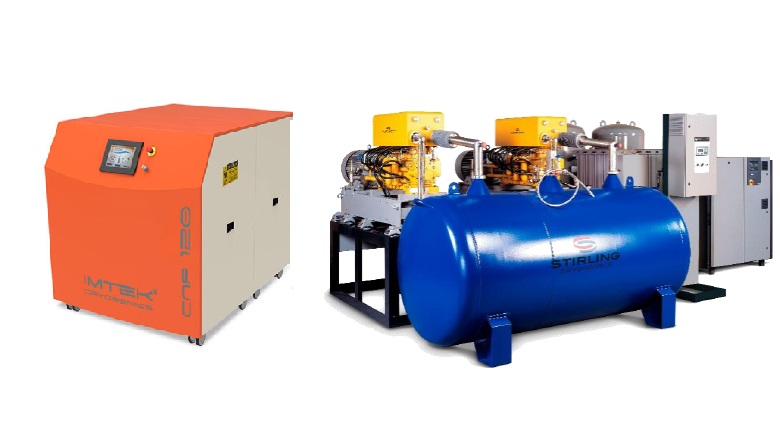Temperature control, including cooling chemical reactions, is essential across a wide range of chemical processes. Heating is generally more common than cooling, with tools such as hotplates and heating blocks or the classic school room Bunsen burner coming to mind, but that’s not to say that cooling should be overlooked as it provides many new avenues for research.
Cooling equipment has two main purposes; First is to achieve sub-ambient temperatures and second is to maintain a constant temperature when working with exothermic reactions or equipment that produces a significant amount of heat (for examples photoreactors).
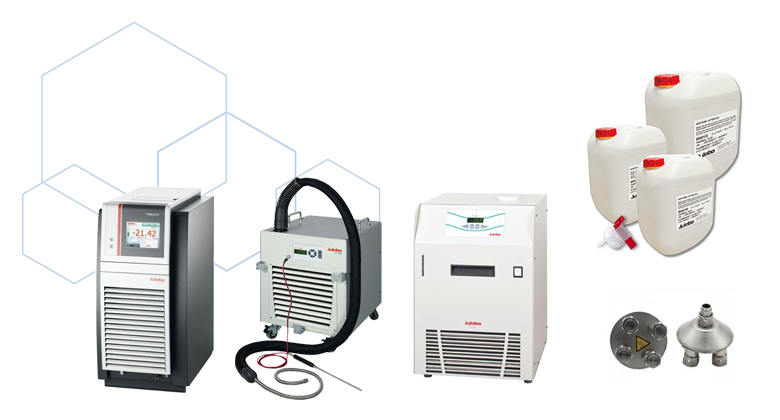
Circulators are a great tool for precise temperature regulation
Examples of processes that require cooling:
- NMR – nuclear magnetic resonance requires extremely low temperatures
- Haber process – this process, used to produce ammonia, requires negative temperatures in order to separate the ammonia from the nitrogen and hydrogen by-products
- Distillation – distillation often requires cooling for chemical separation
- Condensing – heat transfer from a gas / vapour is used to condense it into a liquid. This is often achieved with water condensers, but for our waterless, sustainable alternative see here
- Cryogenic gas separation – similarly to the separation of ammonia from hydrogen and nitrogen many other gas mixtures are cooled in order to be separated
What kind of equipment is used for cooling chemical reactions?
- Circulators – these tools circulate a heat carrying fluid around the reaction and back into the circulator where the temperature is increased / decreased as required. They’ll often be programmable so they can be set to maintain a continuous temperature – including sub-ambient.
- Jacketed vessels – Jacketed vessels feature a secondary glass jacket that surrounds the interior reaction chamber. The jackets can be connected to a circulator and used to regulate the temperature of the internal reaction. When a more extreme temperature is required a third, vacuum jacket can be added outside of the second to provide increased insulation.
- Liquid nitrogen generators – liquid nitrogen is essential for many cryogenic processes: from sample storage, to being used to insulate the even colder liquid helium used in MRI machines.
- Fans – Asynt’s photoreactors naturally create some heat from the LED’s when running. In order to dissipate this heat each reactor has an inbuilt fan to cool the LEDs. The Illumin8 fan can also be set to cool the reaction in addition if required as the LEDs are situated in close proximity to the reaction vials.
Some examples from Asynt:
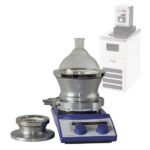
FroSyn and SnowStorm – designed for cooling round bottom flasks and vials. Can be used in tandem with DrySyn blocks |
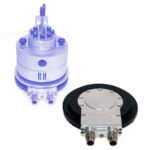
Cooling bases – a variety of our products have the option of a matching cooling base to run reactions down to -30˚C. |
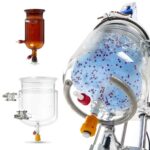
ReactoMate – the ReactoMate jacketed vessels operate as described in the paragraph above, with many options |
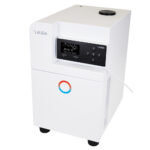
Circulator – all the above tools can be linked to a circulator to provide temperature regulation. |
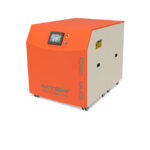
Liquid nitrogen generators – we provide liquid nitrogen generators across a range of volumes. |
Conclusion:
There are a multitude of reasons and methods for cooling chemical reactions. Whichever process you’re working with feel free to contact us:
- via [email protected]
- call 01638 781709
- Talk with us now via the live chat in the bottom right corner.
